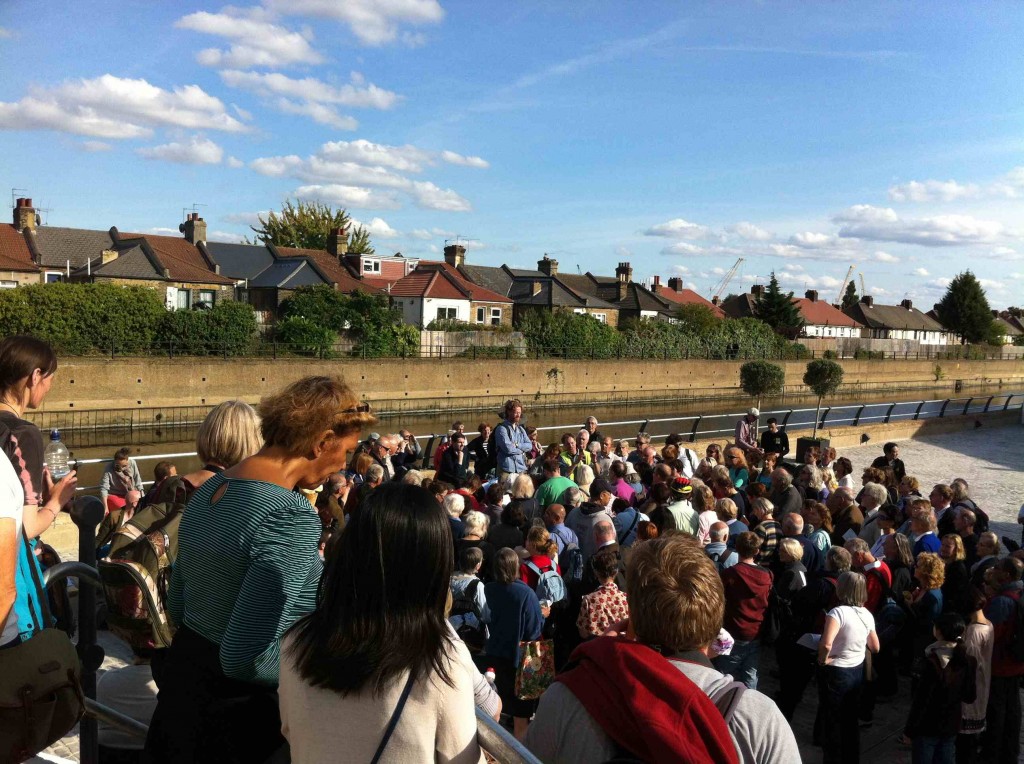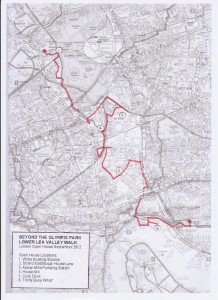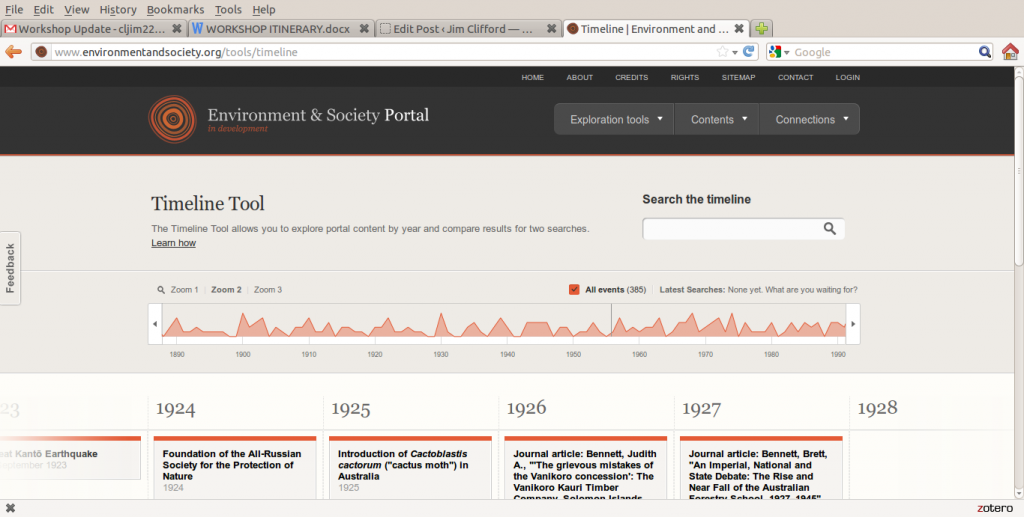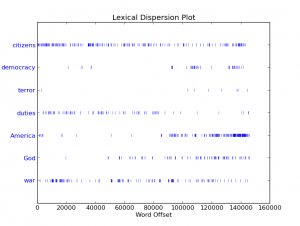19th Century Changes in the British Tallow Supply
Tallow, fat rendered from sheep and cows, was a major ingredient in soap and candles. While large amounts of animal fats were collected locally from butchers and household waste, Britain imported between £500,000 to £2,500,000 worth of tallow a year between the 1870s and 1890s. This equaled more than twenty-one thousand tons a year in the mid-1780s, increasing to over forty thousand tons in the late 1860s and surpassing a hundred thousand tons a year in the late 1890s.
During the late 18th century the vast majority of the tallow came from Russia. Based on the limited sources I’ve found so far, it appears that some of this tallow originated as sheep grazing on the Kazakh Steppe on the eastern edge of the Russian Empire, while the rest of it was a by-product of Russia’s domestic livestock market. These sheep were rendered near Orenburg and then the tallow traveled vast distances overland to Arkhangelsk, before it was shipped to Britain. I would love to learn about more sources to better understand the Russian side of this trade.
British Tallow Imports 1784-1786 (Total imports: £517,000)
The Russians remained dominant through to the mid-19th century. During the second half of the 19th century the Russian trade collapsed and was replaced by the United States, South America and Australasia. I am still looking into the causes of this dramatic shift, but in general it demonstrates the instability brought on by the globalization of this industrial supply chain. The other factor missing from these maps is the increased importance of palm and coconut oil in soap and candle making. (The maps represent the percentage of the total value of imports from each region.)



